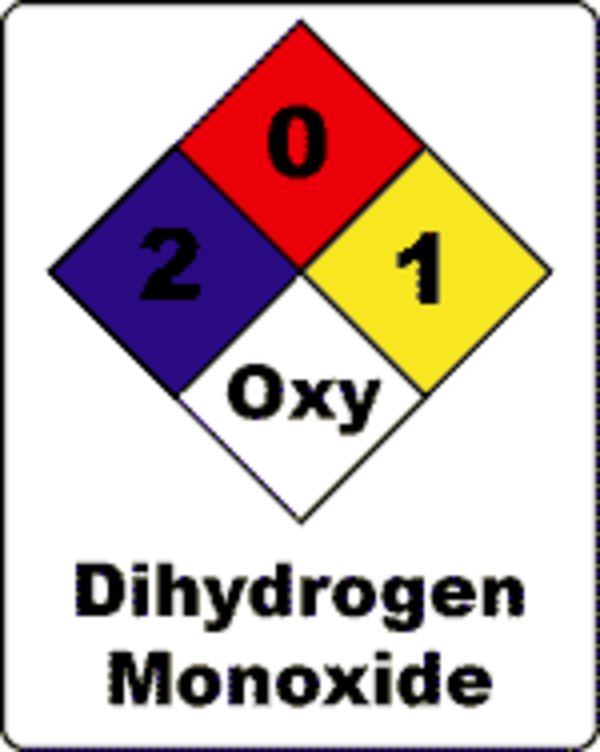I’ve been using Linux as my main OS for a couple of years now, first on a slightly older Dell Inspiron 15. Last year I upgraded to an Inspiron 15 7510 with i7-11800H and RTX3050. Since purchasing this laptop I’ve used Manjaro, Debian 11, Pop OS, Void Linux, Fedora Silverblue (37 & 38) and now Debian 12. I need to reinstall soon since I’ve stuffed up my NVIDIA drivers trying to install CUDA and didn’t realise that they changed the default swap size to 1GB.
I use this laptop for everything - development in C/C++, dart/flutter, nodejs and sometimes PHP. I occasionally play games on it through Proton and sometimes need to re-encode videos using Handbrake. I need some amount of reliability since I also use this for University.
I’ve previously been against trying Arch due to instability issues such as the recent GRUB thing. But I have been reading about BTRFS and snapshots which make me think I can have an up to date system and reliability (by rebooting into a snapshot). What’s everyone’s perspective on this, is there anything major I should keep an eye on?
Should also note I use GNOME, vscode, Firefox and will need MATLAB to be installed, if there is anything to do with those that is problematic on Arch?
Edit: I went with Arch thanks everyone for the advice


Thanks for taking the time to read my comments, really appreciate it! I’ve had a bit of a look into Tumbleweed and it sounds like it’s similar to Fedora in how it handles packaging of proprietary software which I found pretty annoying, but I could be wrong.
It’s true that Arch is leaner towards proprietary software if that’s what you mean. An example of this is how the Nvidia drivers are just found within repos for Arch (thus enabled by default), while on both Fedora and openSUSE it’s not found in the official repos. Both have made it easier over the years to somehow include options and whatnot within the installer to ease Nvidia users in, but the experience on Arch is definitely smoother.
Furthermore, Fedora is indeed (kinda) hardcore on FOSS, similarly to Debian. While Arch simply doesn’t care in most cases. My relatively short endeavor to find out where openSUSE fits in seems to point towards openSUSE leaning closer to Debian and Fedora.
What’s perhaps important to note is that in all cases there are third party repos that can easily be enabled to acquire proprietary software.